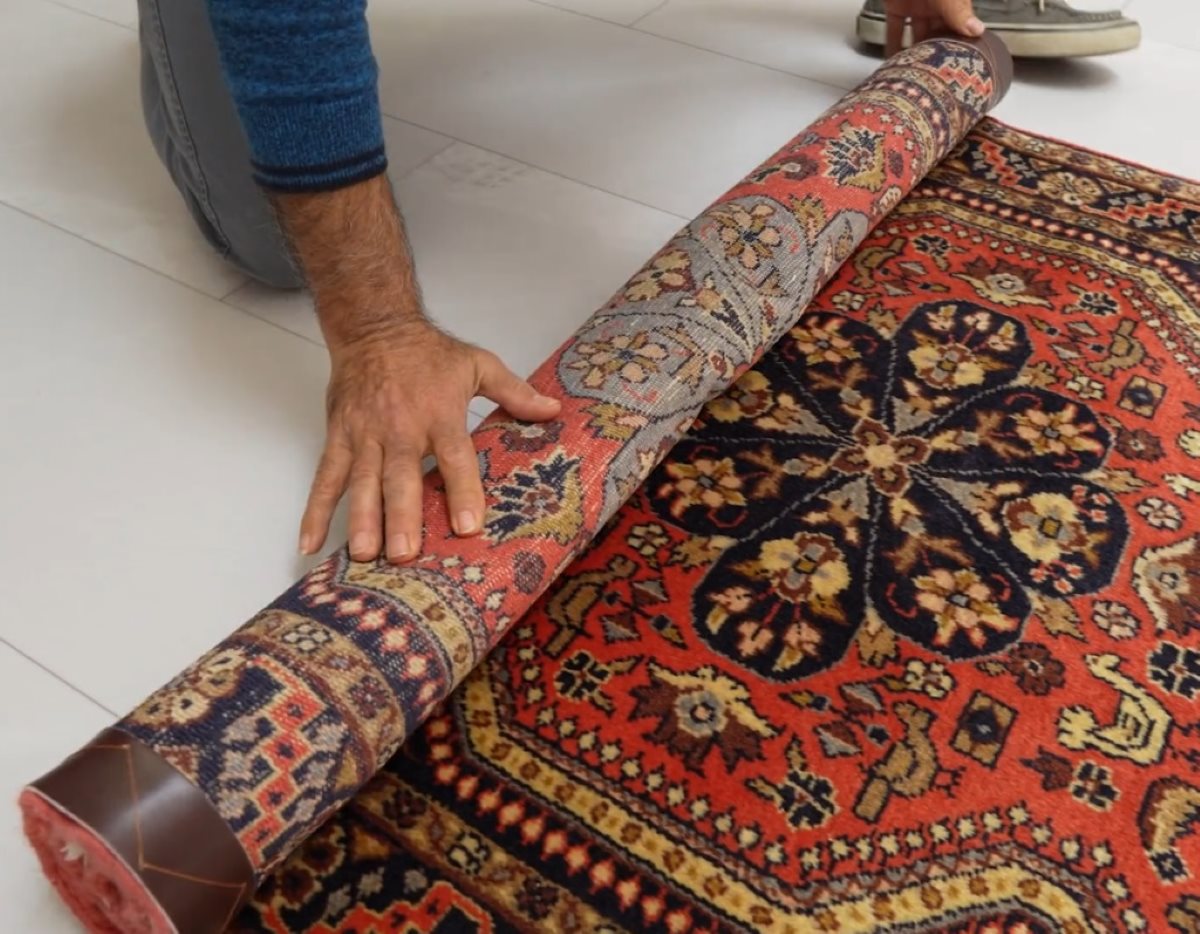

Articles
How To Store An Oriental Rug
Modified: October 18, 2024
Learn how to properly store your oriental rug with our informative articles. Protect your rug from damage and keep it in pristine condition.
(Many of the links in this article redirect to a specific reviewed product. Your purchase of these products through affiliate links helps to generate commission for Storables.com, at no extra cost. Learn more)
Introduction
Welcome to our comprehensive guide on how to store an Oriental rug. Oriental rugs are not just beautiful additions to your home decor, they are also valuable investments that require proper care and maintenance. Whether you are moving to a new home, renovating, or simply looking to store your rug temporarily, knowing how to store it correctly is crucial to preserve its beauty and longevity.
In this article, we will provide you with step-by-step instructions on how to prepare your Oriental rug for storage, choose the right storage location, clean the rug before storage, roll and wrap it properly, and secure it for long-term storage. We will also share some valuable tips on checking on your stored rug to ensure its condition remains intact.
Proper storage of an Oriental rug involves understanding its unique characteristics and the potential risks it can face when stored improperly. By following the guidelines and tips outlined in this article, you can give your rug the care it deserves and ensure it stays in excellent condition until you are ready to use or display it again.
Key Takeaways:
- Properly preparing, cleaning, and securing your Oriental rug before storage is crucial to preserving its beauty and longevity. Choose a suitable storage location and check on the rug periodically to ensure its optimal condition.
- Regularly inspecting your stored Oriental rug for pests, mold, and damage, as well as rotating it periodically, will help maintain its condition and ensure long-term preservation. Proper care and attention during storage are essential for preserving the quality and value of your rug.
Read more: How To Mix Oriental Rugs
Understanding Oriental Rug Storage
Before diving into the specifics of how to store an Oriental rug, it’s important to have a basic understanding of the factors that can affect the rug’s condition while in storage.
Firstly, Oriental rugs are usually made of natural fibers such as wool or silk, which are prone to damage from moisture, excessive heat, and pests. These fibers can be sensitive to changes in temperature and humidity, causing them to expand or contract and potentially leading to warping or mold growth.
Secondly, some Oriental rugs may have delicate dyes and intricate designs that can fade or bleed if exposed to direct sunlight or stored in an area with poor air circulation.
Lastly, pests such as moths and carpet beetles can pose a significant threat to Oriental rugs. These insects can lay eggs in the fibers, leading to irreversible damage if left unchecked.
Considering these factors, it is essential to store your Oriental rug in a controlled environment that offers protection from moisture, temperature fluctuations, sunlight, and pests.
Now that we understand the potential risks, let’s move on to the step-by-step process of preparing your Oriental rug for storage.
Preparing Your Oriental Rug for Storage
Properly preparing your Oriental rug for storage is crucial to ensure its longevity and prevent any damage during its time in storage. Follow these steps to effectively prepare your rug:
- Clean the rug: Start by thoroughly cleaning your Oriental rug. Any dirt, dust, or debris left on the rug can attract pests or cause staining and discoloration over time. Vacuum both sides of the rug gently or consider professional cleaning for more stubborn stains.
- Inspect for damage: Before storing the rug, carefully inspect it for any signs of damage, such as loose threads, holes, or fraying edges. Address any necessary repairs before moving forward with storage.
- Remove furniture and accessories: If your rug has any furniture or accessories on top of it, remove them before rolling and storing the rug. This will prevent any pressure marks or indentations from forming during storage.
- Protect the rug’s corners: To prevent the corners of your rug from curling or becoming damaged during storage, consider using corner protectors or rolling it with acid-free tissue paper.
- Treat for pests: As a proactive measure, consider treating your rug for pests such as moths or carpet beetles before storing it. There are various moth repellents or natural remedies available specifically designed for rugs.
By following these steps, you will ensure that your Oriental rug is clean, free from damage, and protected from pests before entering the storage phase. Now let’s move on to choosing the right storage location for your rug.
Choosing the Right Storage Location
When it comes to storing an Oriental rug, the location you choose is just as important as the preparation steps you take. The ideal storage location should provide a controlled environment that minimizes the risk of damage to your rug. Here are some factors to consider when selecting a storage location:
- Avoid basements and attics: Basements and attics are prone to fluctuations in temperature and humidity, which can be detrimental to your Oriental rug. These areas are often not well-insulated and may be subject to moisture or pest infestations.
- Consider climate-controlled storage units: If possible, opt for a climate-controlled storage unit. These units offer regulated temperatures and humidity levels, minimizing the risk of damage to your rug due to extreme conditions.
- Choose a clean and dry space: Ensure that the storage location is clean, dry, and free from any potential sources of water or moisture. This will help prevent mold and mildew growth on your rug.
- Avoid direct sunlight: Exposure to direct sunlight can cause the colors of your Oriental rug to fade over time. Choose a storage location that is away from windows or cover the rug with a breathable fabric to protect it from harmful UV rays.
- Assess pest control measures: Before storing your rug, make sure the storage facility has appropriate pest control measures in place. This can include regular inspections, preventive treatments, and proper sealing of the storage units.
By choosing the right storage location, you can minimize the risk of damage caused by environmental factors and pests. Now, let’s move on to the next step: cleaning your Oriental rug before storage.
Cleaning Your Oriental Rug Before Storage
Prior to storing your Oriental rug, it is essential to give it a thorough cleaning. Removing dirt, dust, and any contaminants will help prevent potential damage and maintain the rug’s condition during storage. Follow these steps to clean your Oriental rug before storing:
- Vacuum both sides: Start by vacuuming the front and back of the rug to remove loose dirt and debris. Use a vacuum cleaner with a brush attachment or a handheld vacuum to gently remove the particles.
- Spot clean if necessary: If there are any noticeable stains or spills on the rug, spot clean them using a mild detergent or a rug-specific cleaner. Follow the instructions provided by the cleaner and be careful not to oversaturate the rug.
- Avoid excessive moisture: Oriental rugs are sensitive to excess moisture, so it’s crucial to avoid using excessive water during the cleaning process. If you are unsure about spot-cleaning, it’s best to consult a professional rug cleaner to ensure the safest and most effective cleaning method.
- Dry the rug completely: After spot cleaning, make sure to thoroughly dry the rug before storing it. Hang it in a well-ventilated area or use fans to promote faster drying. It’s crucial to avoid storing a damp or wet rug, as it can lead to mold and mildew growth.
By following these cleaning steps, you can ensure that your Oriental rug is free from dirt and stains, minimizing the risk of damage during storage. Once the rug is clean and dry, it’s time to move on to rolling and wrapping it properly.
Store an oriental rug in a cool, dry place away from direct sunlight to prevent fading and damage. Roll the rug with the pile facing inwards to protect it from dust and pests.
Read more: What Are Oriental Rugs Made Of
Rolling and Wrapping Your Oriental Rug
Properly rolling and wrapping your Oriental rug is crucial to maintain its shape and protect it from dust, pests, and potential damage during storage. Follow these steps to roll and wrap your rug correctly:
- Clear a clean, spacious area: Find a clean and spacious area where you can lay your Oriental rug flat for rolling. Make sure the surface is free from any sharp objects that could cause tears or snags.
- Start rolling from one end: Begin rolling your rug tightly from one end. If your rug is large, you may need assistance to ensure a tight and even roll.
- Secure the rolled rug: Once the rug is rolled, use cotton or nylon straps to secure it. Avoid using plastic wrap or tape directly on the rug, as these materials can trap moisture and potentially damage the fibers.
- Wrap the rug in acid-free tissue paper: Place a layer of acid-free tissue paper around the rolled rug to provide an extra barrier of protection. This will help prevent dust and keep the rug in optimal condition while in storage.
- Use a breathable fabric cover: Finally, cover the wrapped rug with a breathable fabric cover, such as a cotton sheet or muslin cloth. This cover will further protect the rug from light exposure and allow air circulation while in storage.
Remember, it’s important to handle your Oriental rug with care during the rolling and wrapping process to avoid causing any damage. Once your rug is securely rolled and wrapped, it’s time to move on to the next step: securing it for storage.
Securing Your Oriental Rug for Storage
Properly securing your Oriental rug is essential to ensure it remains in good condition during its time in storage. Here are some steps to follow when securing your rug:
- Choose an appropriate storage container: If you have a smaller Oriental rug, consider placing it in a large, breathable storage bag or a plastic container with ventilation holes. For larger rugs, you may opt for storing them on a rug rack or hanging them on a bar.
- Elevate the rug from the ground: If you are storing your rug on the floor, use pallets or wooden boards to elevate it from the ground. This will prevent any potential moisture or water damage that may occur due to concrete floors.
- Avoid stacking heavy objects on top: Do not place any heavy items or furniture on top of your Oriental rug in storage, as this can cause unnecessary pressure and potentially flatten or damage the pile. Keep the storage area dedicated solely to the rug.
- Label the storage container: To easily identify your Oriental rug in storage, label the storage container with a descriptive tag or use a clear plastic pocket to hold a label indicating the content.
- Keep a record: Make sure to keep a record of your stored rug, including its size, condition, and the date it was stored. This record will help you keep track of your rugs and ensure timely inspections and maintenance.
By taking the necessary steps to secure your Oriental rug during storage, you can minimize the risk of damage and ensure it remains in pristine condition until you are ready to use or display it again. Now, let’s move on to some valuable tips for long-term storage.
Tips for Long-Term Storage
When storing your Oriental rug for an extended period, there are some additional tips to keep in mind to ensure its preservation. These tips will help maintain the rug’s condition and minimize the risk of damage over time:
- Regularly inspect the stored rug: Even during long-term storage, it’s important to periodically inspect your Oriental rug for any signs of pests, mold, or damage. Regular inspections will allow you to address any issues promptly and prevent further damage.
- Rotate the rug periodically: To avoid any uneven fading or wear, consider rotating the rug every few months. This will distribute the exposure to light and foot traffic more evenly, preserving the rug’s appearance.
- Avoid storing in extreme temperatures: Extreme temperatures can be detrimental to Oriental rugs. Avoid storing your rug in areas prone to extreme heat or cold, such as unheated storage units or uninsulated attics.
- Control humidity: Oriental rugs prefer a moderate humidity level of around 55%. If you live in an area with high humidity, consider using moisture-absorbing products like silica gel packets or dehumidifiers in the storage area.
- Be cautious with DIY cleaning: While you may be tempted to clean your stored rug yourself, it’s best to consult professionals for extensive cleaning. Improper or harsh cleaning methods can damage the rug’s fibers and color.
By following these tips for long-term storage, you can ensure that your Oriental rug remains in excellent condition until you are ready to bring it back into your home or display it again. However, remember to regularly check on your stored rug to address any potential issues promptly.
Now that you have a comprehensive understanding of how to store an Oriental rug, you can confidently proceed with the storage process. By following the steps outlined in this guide, you will be able to preserve the beauty and value of your Oriental rug for years to come.
Remember, proper storage and maintenance are crucial for protecting your Oriental rug investment. With a little bit of care and attention, your rug will continue to bring warmth and elegance to your home for many generations.
Checking on Your Stored Oriental Rug
While your Oriental rug is in storage, it’s important to periodically check on its condition to ensure it remains in optimal shape. Regular inspections can help you identify and address any potential issues before they escalate. Here are some steps to follow when checking on your stored rug:
- Set a schedule: Establish a schedule for checking on your stored rug. Depending on the storage conditions and the rug’s vulnerability, aim to inspect it at least once every six months to a year.
- Inspect for pests: Look closely for signs of pests such as moths, carpet beetles, or rodents. Check for the presence of eggs, carcasses, or droppings. If you notice any signs of infestation, take immediate action to prevent further damage.
- Check for mold and mildew: Examine the rug for any signs of mold or mildew growth. Look for discoloration, a musty smell, or dampness. If you find any mold or mildew, take appropriate measures to remove it and address the source of moisture.
- Inspect for damage: Carefully unroll and inspect the rug for any signs of damage, such as unraveling edges, loose threads, or color fading. Take note of any issues and address them promptly to prevent further deterioration.
- Check the storage environment: In addition to inspecting the rug itself, assess the storage environment. Ensure that there are no signs of water leaks, excessive humidity, or temperature fluctuations that may be affecting the rug’s condition.
- Consider professional cleaning: If your rug has been in storage for an extended period, consider having it professionally cleaned once it’s out of storage. Professional cleaning can revitalize the rug, remove any accumulated dust, and restore its vibrancy.
By regularly checking on your stored Oriental rug, you can proactively address any potential issues and ensure its long-term preservation. If you notice any significant damage or concerns during the inspection, consider consulting a professional rug restoration expert for guidance and assistance.
With proper care and attention, your stored Oriental rug can maintain its beauty and value over time. By implementing these inspection steps, you can enjoy peace of mind knowing that your rug is safely stored and well-maintained.
Now that you have learned about how to check on your stored Oriental rug, you are well-equipped to maintain its condition and ensure its longevity. Take the necessary steps to inspect your rug regularly, and enjoy the beauty of your rug for years to come!
Remember, proper storage and maintenance are essential for preserving the quality and value of your Oriental rug. A little effort in checking on your stored rug can go a long way in ensuring it remains a cherished piece in your collection or decor.
Read more: How To Sell Used Oriental Rugs
Conclusion
Storing an Oriental rug requires careful consideration and attention to detail. By following the steps outlined in this comprehensive guide, you can ensure that your rug remains in excellent condition during its time in storage.
From understanding the unique characteristics of Oriental rugs to preparing them for storage, choosing the right storage location, cleaning, rolling and wrapping, securing, and checking on the rug periodically, each step plays a crucial role in preserving its beauty and longevity.
Remember to clean your rug thoroughly before storage, inspect it for damage or signs of pests, and choose a suitable storage location that offers controlled environmental conditions. Rolling and wrapping the rug properly and securing it in the right storage container or area are essential for its protection.
Additionally, periodic checks on your stored rug will allow you to address any potential issues promptly, ensuring that your valuable Oriental rug remains in optimal condition. Consider professional cleaning after the rug is removed from storage to revitalize its appearance.
By following these guidelines and tips, you can protect your Oriental rug investment and ensure its beauty for years to come. Proper storage and maintenance will preserve its vibrant colors, intricate designs, and soft textures, allowing you to enjoy its elegance whenever it is displayed.
Whether you are temporarily storing your rug during a move or putting it away for long-term storage, following these steps will help maintain its value and make sure it remains a cherished piece in your home.
Take the necessary precautions, invest time in maintaining your rug during storage, and you will be rewarded with a rug that continues to bring warmth and beauty to your living space for generations to come.
Frequently Asked Questions about How To Store An Oriental Rug
Was this page helpful?
At Storables.com, we guarantee accurate and reliable information. Our content, validated by Expert Board Contributors, is crafted following stringent Editorial Policies. We're committed to providing you with well-researched, expert-backed insights for all your informational needs.
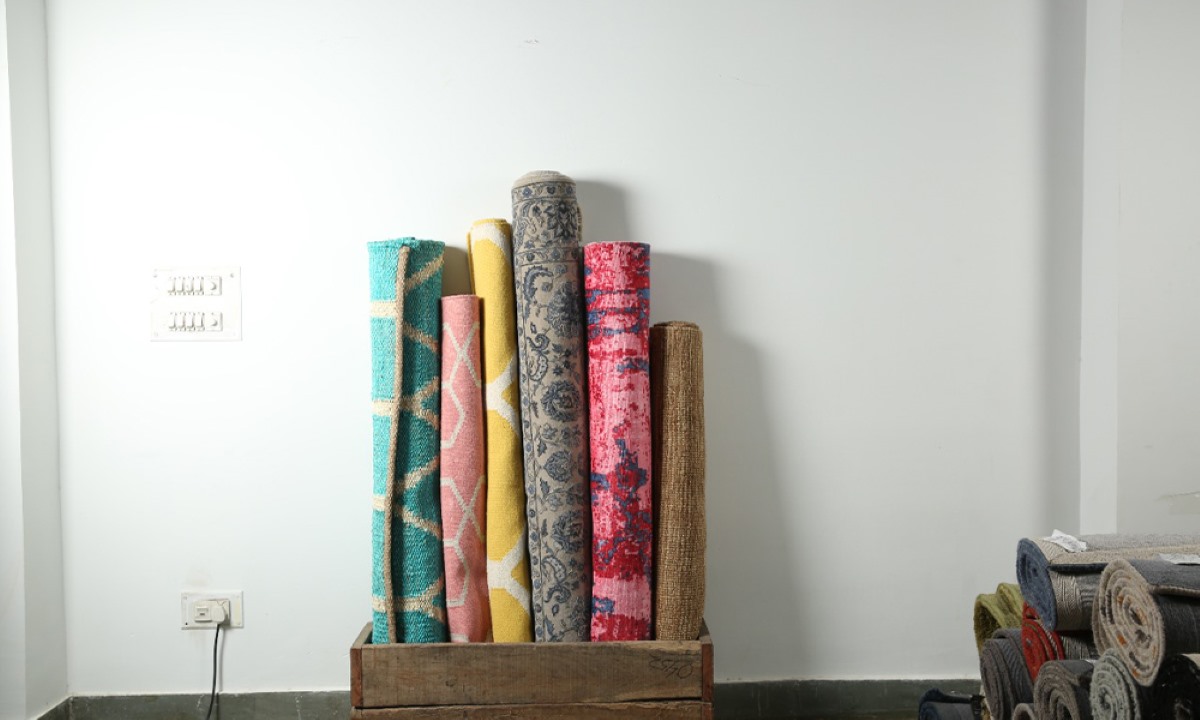
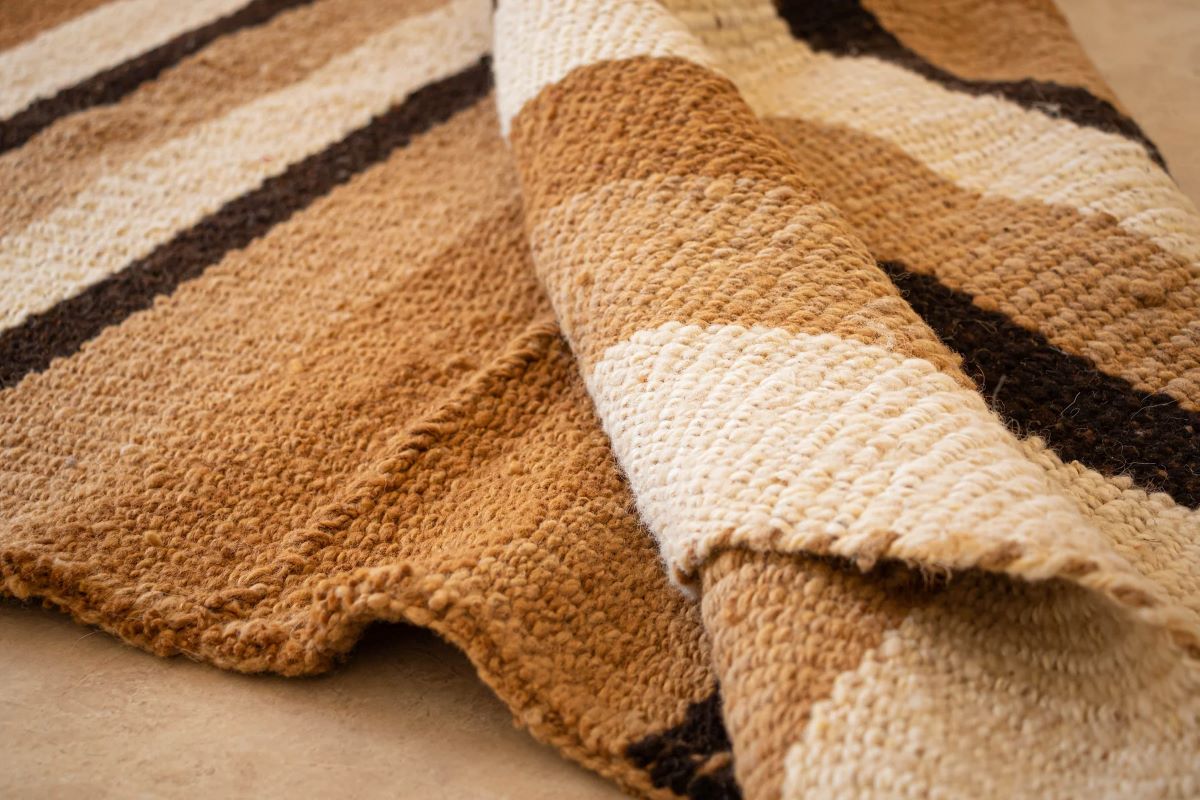
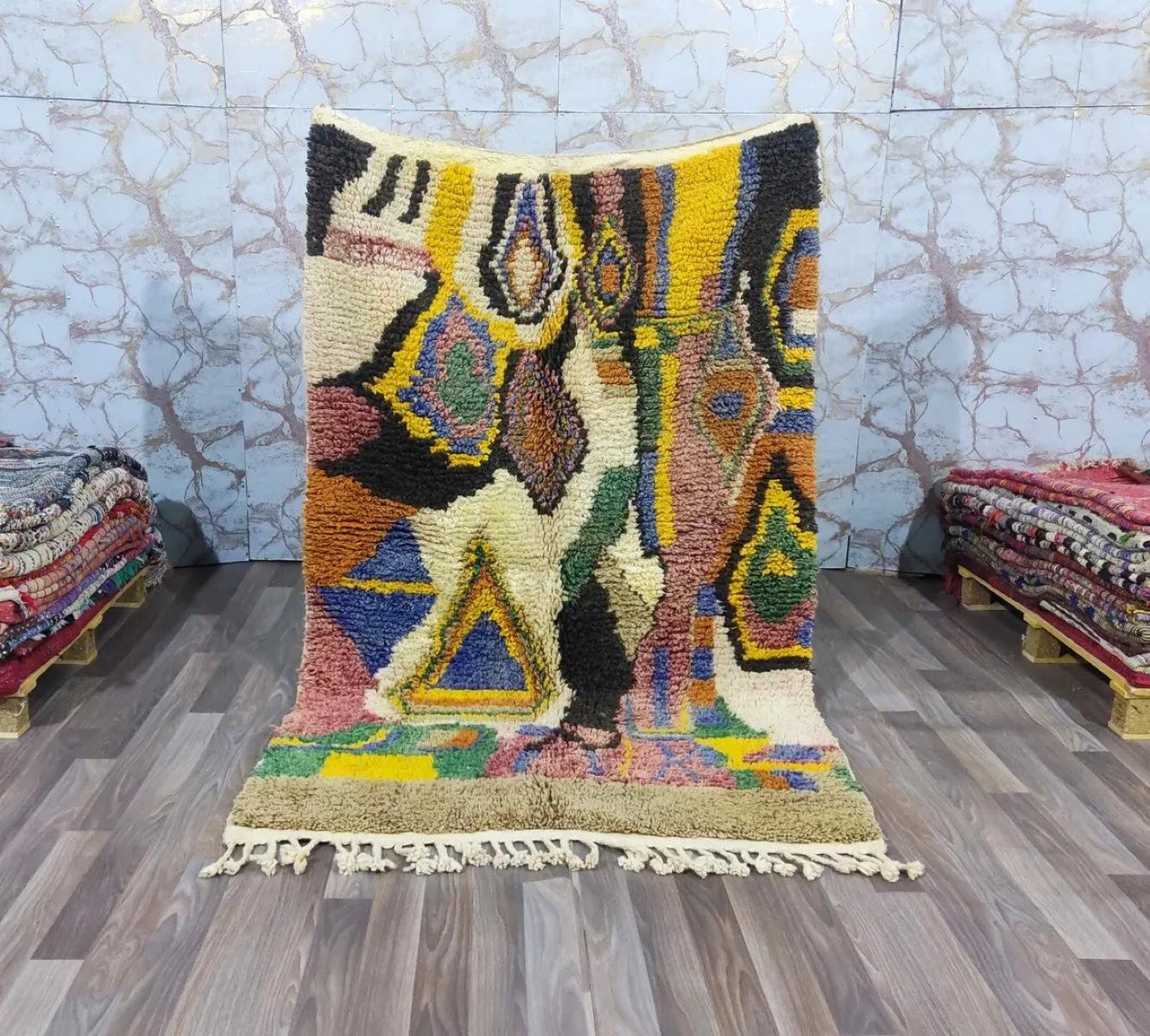
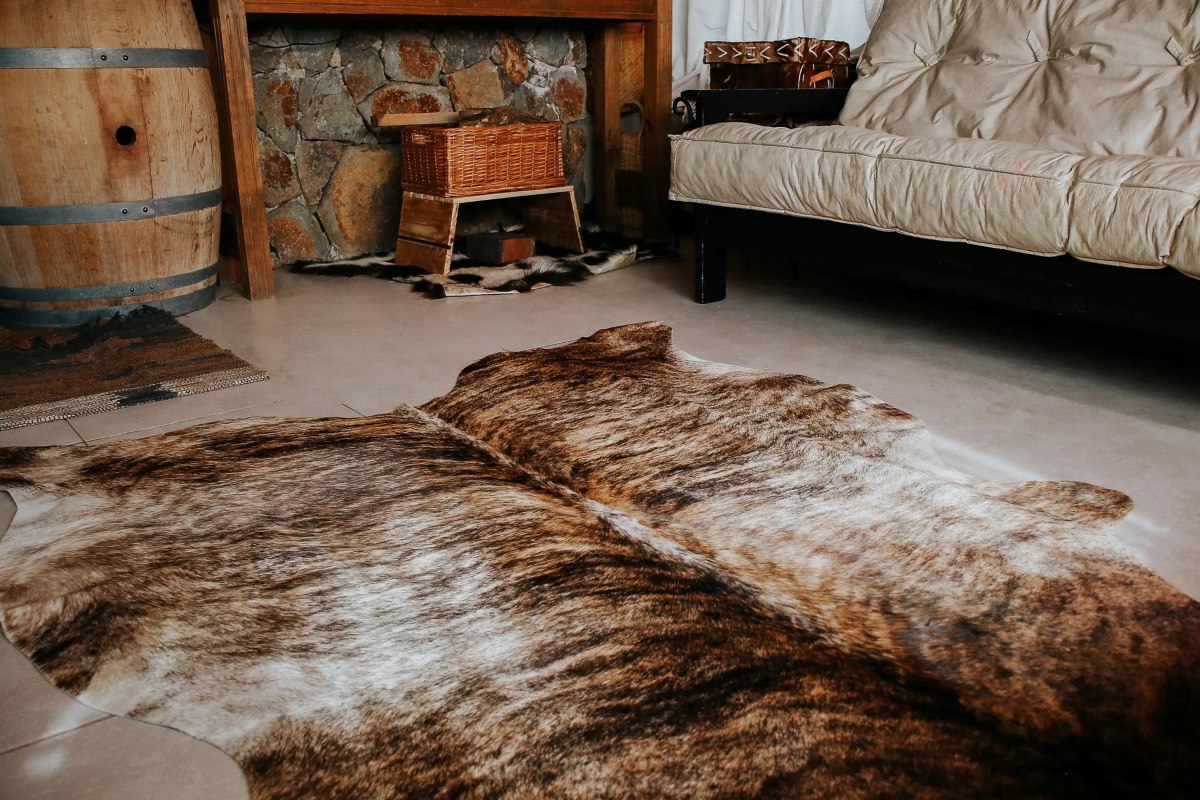

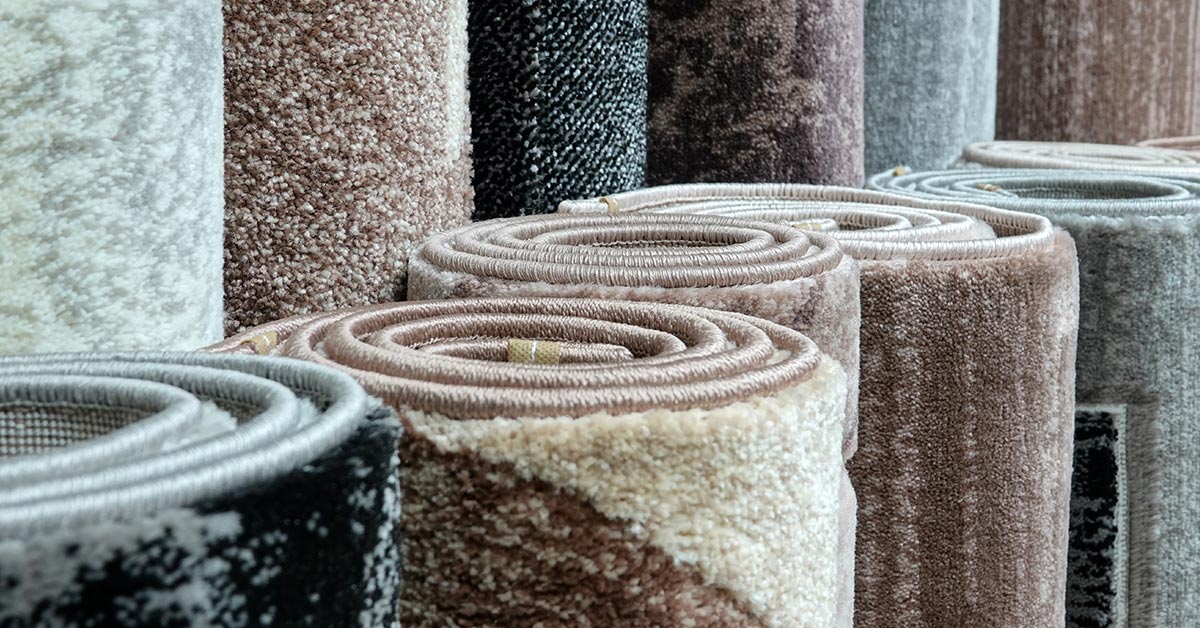
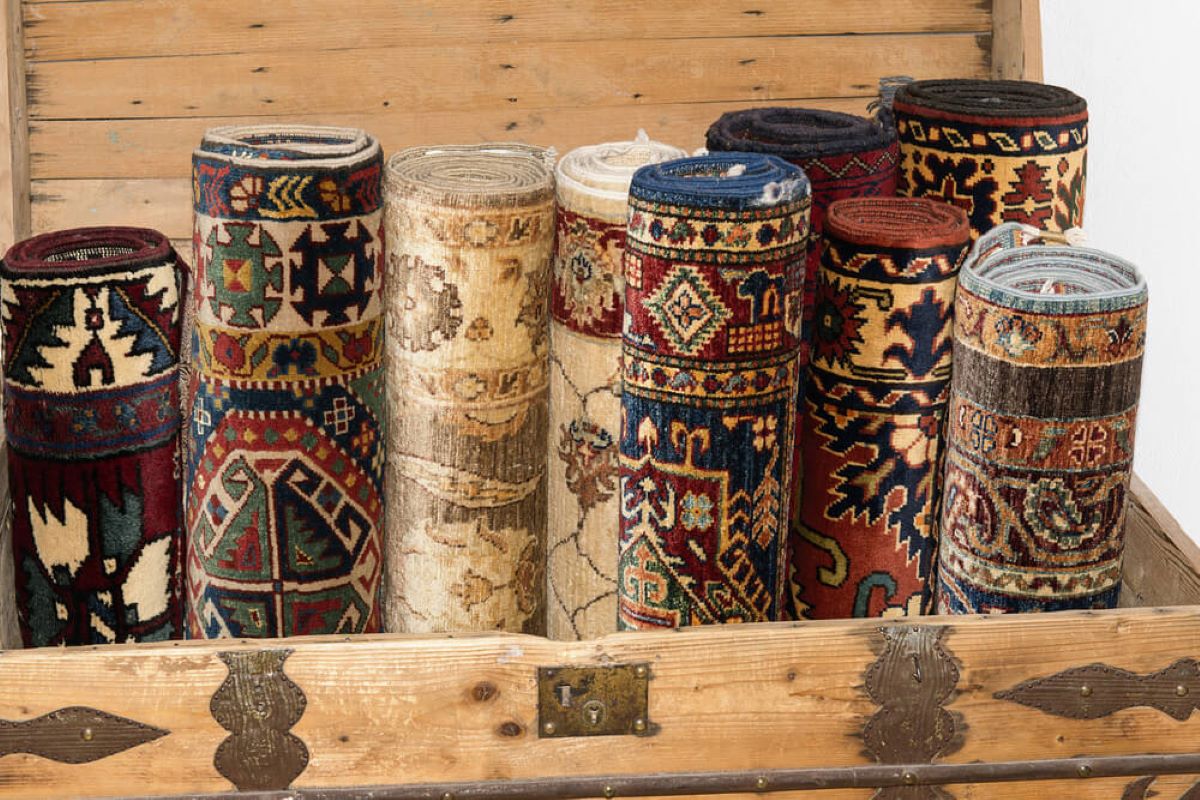



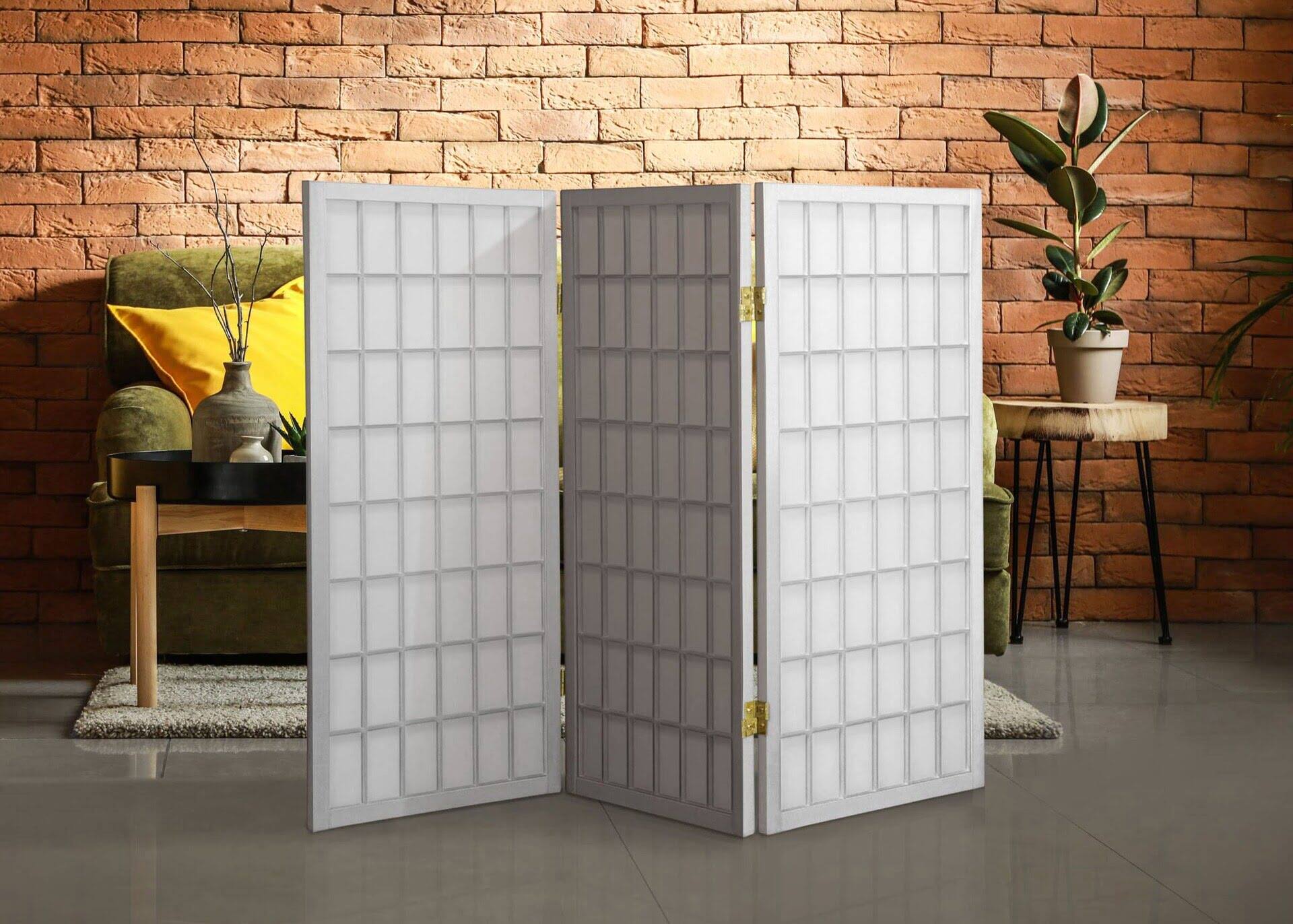
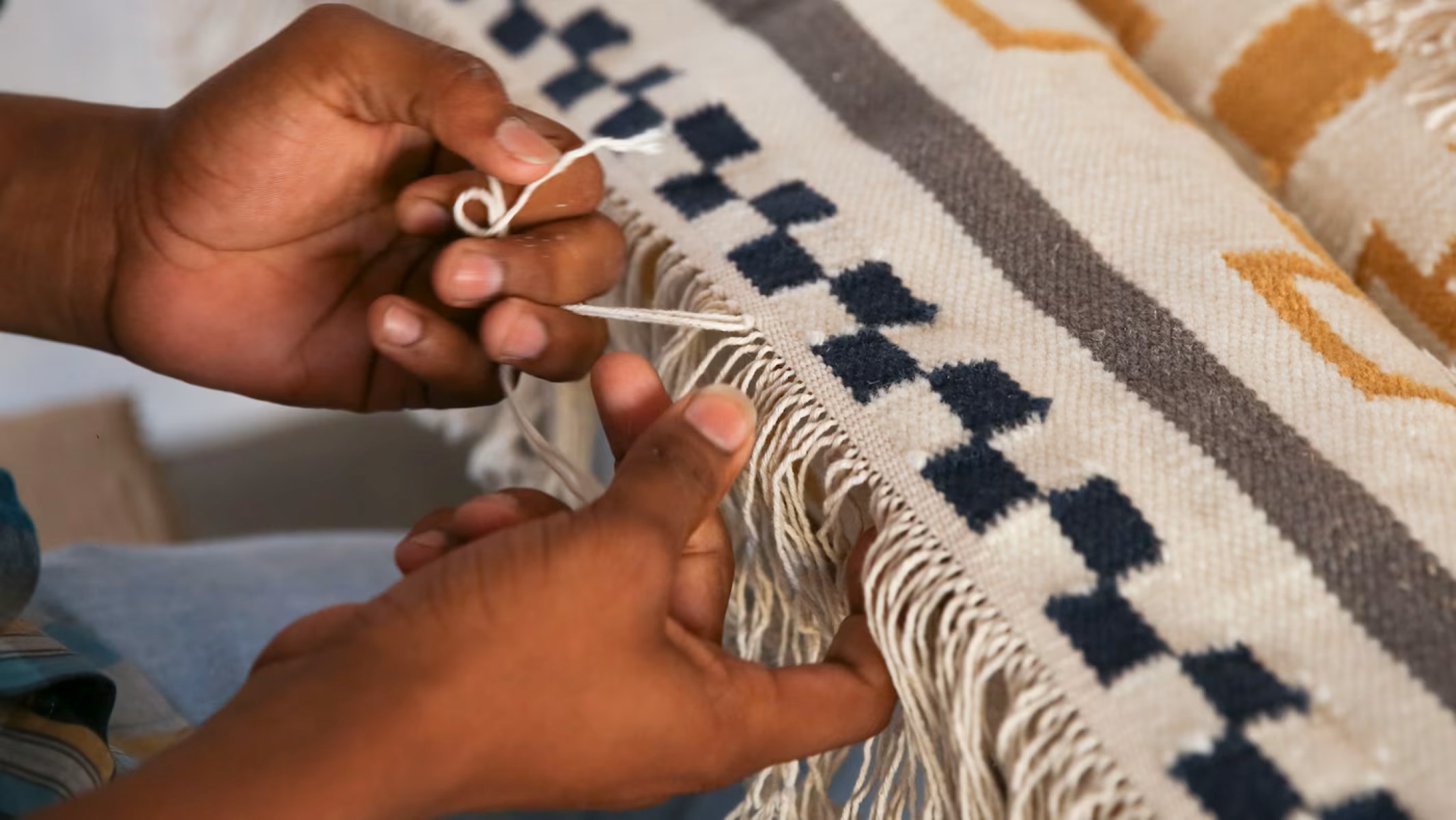


0 thoughts on “How To Store An Oriental Rug”